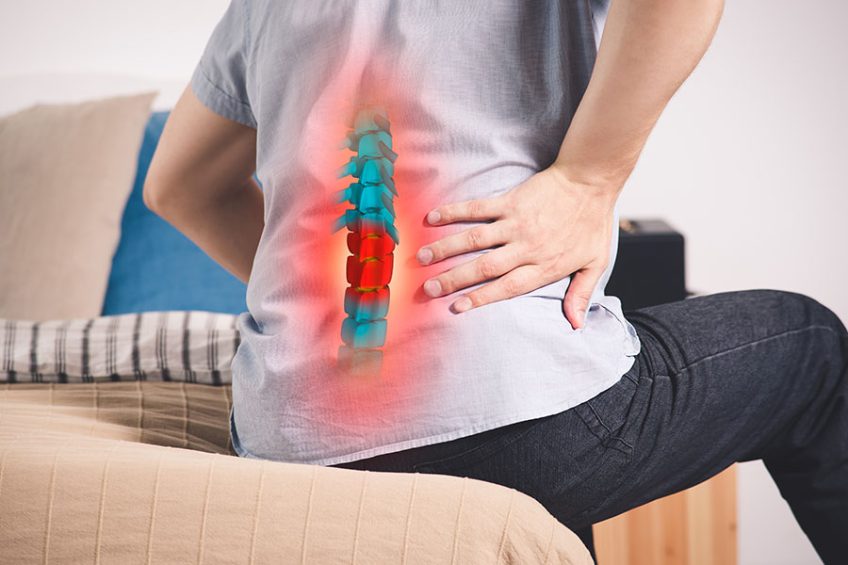If you develop health problems, such as osteoarthritis, a herniated disc, or spinal stenosis, you may need other treatments. The treatment for Degenerative Disc Disease include physiotherapy, back strengthening and stretching exercises.
In some cases, surgery may be recommended. Surgery usually involves removing the damaged disc. In some cases, the bone is then permanently joined to protect the spinal cord. In rare cases, an artificial disc can be used to replace the disc that is being removed.
All doctors agree that keeping back pain under control – regardless of the source – requires exercise to increase the strength and flexibility of the muscles that surround and support the spine. Exercise increases back blood flow, which nourishes joints and muscles with oxygen and nutrients, while cleansing destructive inflammatory waste products.
CONTENT:
Surgery
Patients who do not respond to conservative therapies in about 3 months may consider surgery. This can be an option if there are:
- back or leg pain that prevents the patient from performing regular activities
- numbness or weakness in the legs
- difficulty standing or walking
Depending on the severity of the condition, your doctor may recommend either a replacement of the disc with an artificial one or a fusion of the spine. You may need surgery if the pain does not subside or worsen after 6 months.
Artificial disc replacement involves replacing the affected disc with a new plastic and metal one. Vertebral fusion, on the other hand, binds the affected vertebrae together as a strengthening system.
Stabilization surgery or fusion of the spine involved the fusion of two vertebrae that ensure the stability of the spine. This can be done anywhere in the spine, but is more common in the lower back and neck area. These are the most mobile parts of the spine.
This can relieve extreme pain in patients whose spine can no longer support the weight, but can also accelerate the degeneration of the discs near the fused vertebrae.
Decompression surgery involves various options to remove part of the disc joint that can reduce the pressure on the nerves. A patient who develops osteoarthritis, herniated disc or spinal stenosis may need other types of treatment.
Exercises for Degenerative Disc Disease
Physical therapy and spine-strengthening exercises, such as yoga or Pilates, can help manage degenerative disc disease. Exercises can help strengthen and stabilize the area around the affected discs and increase mobility. Exercises that build the back and stomach muscles include walking, cycling and swimming, as well as basic training programs such as yoga and Pilates.
Exercise can help supplement other treatments for Degenerative Disc Disease by strengthening the muscles surrounding the damaged discs. They can also increase blood flow to help reduce painful swelling, while increasing the level of nutrients and oxygen in the affected area.
Stretching is the first form of exercise that can help in case of Degenerative Disc Disease. Doing so will help you train your back slightly, so it can be helpful to do light stretches before and after. It is also important to lie down before doing any type of workout. Yoga is useful in treating back pain and has additional benefits on flexibility and endurance through regular practice.
Stem cell therapy
This is an approach based on tissue engineering using stem cells. The goal is to encourage functional cartilage to be generated using an injectable hydrogel system. The researchers concluded that stem cell therapy may be useful for regenerating the intervertebral disc. But many more studies are needed to prove that this treatment is safe and effective.
Other remedies
Treatment for Degenerative Disc Disease used in conjunction with physical activity and exercise to increase back endurance include:
- physiotherapy
- drugs: non-steroidal anti-inflammatory drugs (ibuprofen, naproxen sodium), sedatives (acetaminophen)
- heat therapy
- mobilization of the spine


